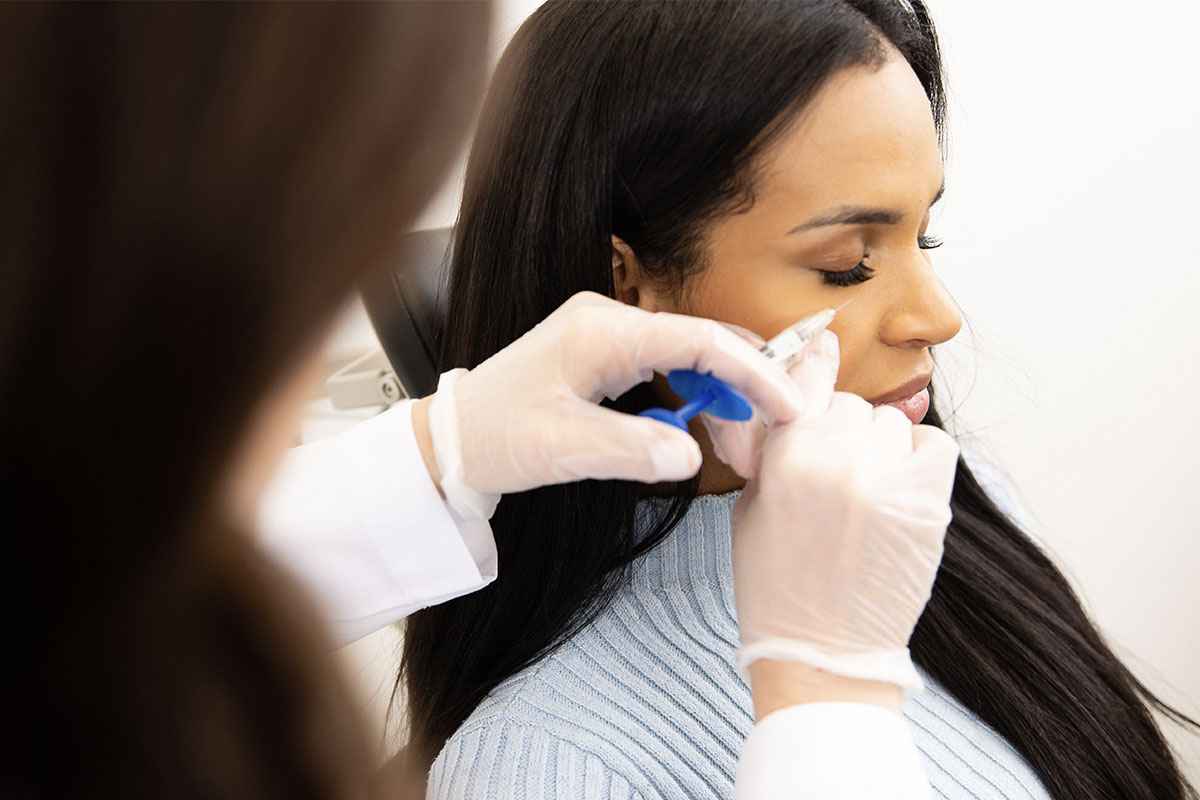Injectables are a popular non-invasive cosmetic solution for reducing the signs of aging. Dr. Alexandra Braunstein and her team specialize in the latest injectable techniques, including the use of neuromodulators like BOTOX, Dysport, and DAXXIFY, dermal fillers, and Sculptra to enhance natural beauty and restore confidence.
BOTOX, Dysport, and DAXXIFY
BOTOX, Dysport, and DAXXIFY are neuromodulators that work by temporarily relaxing specific muscles in the face to reduce the appearance of wrinkles and fine lines. Neuromodulators are highly effective in treating forehead wrinkles, crow’s feet, and frown lines, with results usually lasting between 3 to 8 months. BOTOX, Dysport, and DAXXIFY are excellent choices for individuals who want to reverse the signs of aging and achieve subtle, temporary results without surgery.
Dermal Fillers
Dermal fillers are injectables used to add volume and smooth out wrinkles and fine lines on the face. They can enhance the cheeks, lips, jawline, and under-eye area and elevate natural facial contours. Dr. Alexandra Braunstein and her team offer a range of high-quality dermal fillers, including Juvéderm, Restylane, and RHA fillers. Juvéderm and Restylane are hyaluronic acid-based fillers that provide smooth, natural-looking results, while RHA fillers are designed for dynamic wrinkles.
Sculptra
Sculptra is a non-surgical, injectable treatment that provides a more gradual and subtle approach to facial rejuvenation. Unlike traditional dermal fillers that add immediate volume, Sculptra works by stimulating the body’s own collagen production, resulting in a gradual increase in skin volume and elasticity over time. This makes it a suitable treatment for correcting deeper lines and folds and restoring volume to the midface and cheek area. With Sculptra, patients can enjoy a more youthful appearance without surgery.
Schedule Your Consultation With Dr. Braunstein
Dr. Alexandra Braunstein is a highly-skilled and renowned fellowship-trained oculofacial plastic surgeon with a keen understanding of facial anatomy. Her medical team curates personalized treatment plans to address your specific cosmetic goals and concerns, ensuring you look and feel revitalized from within. We listen to your concerns and give you the time and attention you need to understand your options and make educated decisions. Please schedule a consultation with Dr. Braunstein to explore your injectable options in Morristown.


